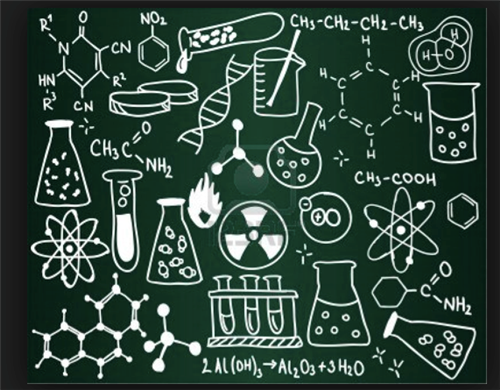
Physics science tv#
Submissions may include TV programs, films, online videos, radio segments, podcasts and works of new media. Broadcast and New MediaĮntries must be intended for a general audience. Submissions are judged on their ability to enhance the public's understanding and appreciation of physics and related fields. Science Writing: Newspaper, Magazine, and Online ArticlesĮntries must be intended for a general audience. Submissions are judged on their ability to enhance the public’s understanding and appreciation of physics and related fields. NASW Excellence in Institutional Writing Awards Award categories Science Writing: BooksĮntries must be intended for a general audience. NASW Science in Society Journalism Awards National Science Writers Association Communication Awards Science Writers Association Communication AwardsĭCSWA Newsbrief Awards for Short Science Journalism

Goodman Book Writing AwardĪmerican Association for the Advancement of Scienceĭ.C. Battan Author's Award - K-12ĪMS: The Award for Distinguished Science Journalism in the Atmospheric and Related SciencesĪSA: Science Communication Awards in Acoustics Battan Author's Award – AdultĪMS: The Louis J. Wood Science Writing AwardĪMS: The Louis J. Science Writers Association & the National Science Writers Association.ĪIP Member Societies Communication AwardsĪAS: Chambliss Astronomical Writing AwardĪAS Solar Physics Division: Popular Media AwardĪCA: Elizabeth A. We also encourage participation in science writing awards presented by AIP Member Societies and affiliates, as well as the D.C.
Physics science archive#
The full archive of award winners is listed below within each category. Since 1968, it has been our honor to present 230 awards to scientists, journalists, authors and broadcasters for science writing and media that improves the general public's appreciation of the physical sciences, astronomy, math and related science fields. Please check back in December 2022 for information. For questions, please contact. “Key for the successful observation of the Tetra Neutron was the chosen reaction, which isolates the four neutrons in a fast (compared to the nuclear scale) process, and the chosen kinematics of large momentum-transfer, which separates the neutrons from the charged particles in momentum space,” said Professor Dr Thomas Aumann, also from the Institute for Nuclear Physics.2022 UPDATE: AIP’s Science Communication Awards will remain on hold this year.Īfter more than 50 years of awarding journalists and science writers, AIP is pausing the Science Communication Awards program and evaluating what its future should look like.

The technique used was different from what has been employed previously to create such a particular interaction. The state is called a tetra neutron (tetra is Greek for four) and the production of this peculiar particle can allow for new studies on the property of neutrons but also of neutron stars. The interaction results in the hydrogen being kicked, the release of a helium-4 atom, and the remaining 4 neutrons can simply interact among themselves. The team was able to achieve it by shooting an isotope of helium, called helium-8 – which has four extra neutrons compared to the most common version – to a target made of liquid hydrogen. “The nuclear interaction among more than two neutrons could not be tested so far, and theoretical predictions yield a wide scatter concerning the energy and width of a possible tetra neutron state

Meytal Duer from the Institute for Nuclear Physics at the TU Darmstadt, said in a statement. “This experimental breakthrough provides a benchmark to test the nuclear force with a pure system made of neutrons only," lead author Dr. And, as reported in Nature, they have now achieved this long-sought quest. But physicists have long sought to create a particle that is made by just four neutrons without extreme physics. Neutron stars, extreme objects with incredible density are capable to keep the neutrons stuck together due to their gravity. Neutrons have no charge but keeping them confined is also a challenge. Protons don’t stick together because their electromagnetic charge being positive pushes them apart. Neutrons and protons make up the nucleus of almost all elements in the universe, sticking together thanks to the strong nuclear force.


 0 kommentar(er)
0 kommentar(er)
